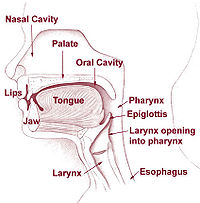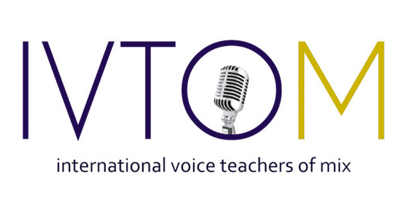What is Mix?
Mix: The Original Bel Canto

For any stringed instrument to function efficiently, two elements must be present: one, the vibration of the string creating the pitch, and two, the resonance of the instrument creating tone. Like a piano, violin, guitar, harp, cello, viola, etc., the voice is a stringed instrument and depends on these two functions for proper vocalization. When the vocal folds come together, the vibration creates a pitch depending on the vocal folds’ length, thickness, and tension. This pitch resonates throughout the vocal tract, creating the tone of that pitch.
Early bel canto practitioners gave these elements equal importance in the original and pure bel canto technique. However, in the late 19th century, there was a split within the bel canto world. One group continued as “bel canto,” focusing more on the resonant portion of the technique and the movement of the resonance behind the soft palate. The other group focused more on the vibration portion of the technique, calling itself “forward singing.” The bel canto group is considered by many today as “classical” singing, and forward singing has developed into what is more commonly known as “belt” or “broadway belt” singing.
In Mix, we desire to bring the two elements fully back together. “Behind the soft palate” accesses the “head voice,” and the “forward singing” brings the vocal folds fully together and accesses the “chest voice.” By mixing the chest and head voice, you receive the full benefits of both voices: the natural and powerful sound of the chest voice and the beauty and range of the head voice. As a singer learns to sing using both of these registers and trains the vocal folds to stay together, it is possible to vocalize smoothly and evenly from one register to the next. The relationship of the two elements working together will create an even, smooth vocalization and, as a result, eliminates the “breaks” in the voice. The “break” is the passagio (passage) that occurs in most singers while attempting to vocalize from one register to the next. The “break” is a common complaint among vocalists. Mix, a balanced and healthy approach to singing, eliminates the “break” in the voice.
Depending on how these two registers are “mixed,” we can create a variety of sounds and accommodate all music styles. Natural and unaffected sounds can be produced throughout the entire vocal range and used in all singing styles.

